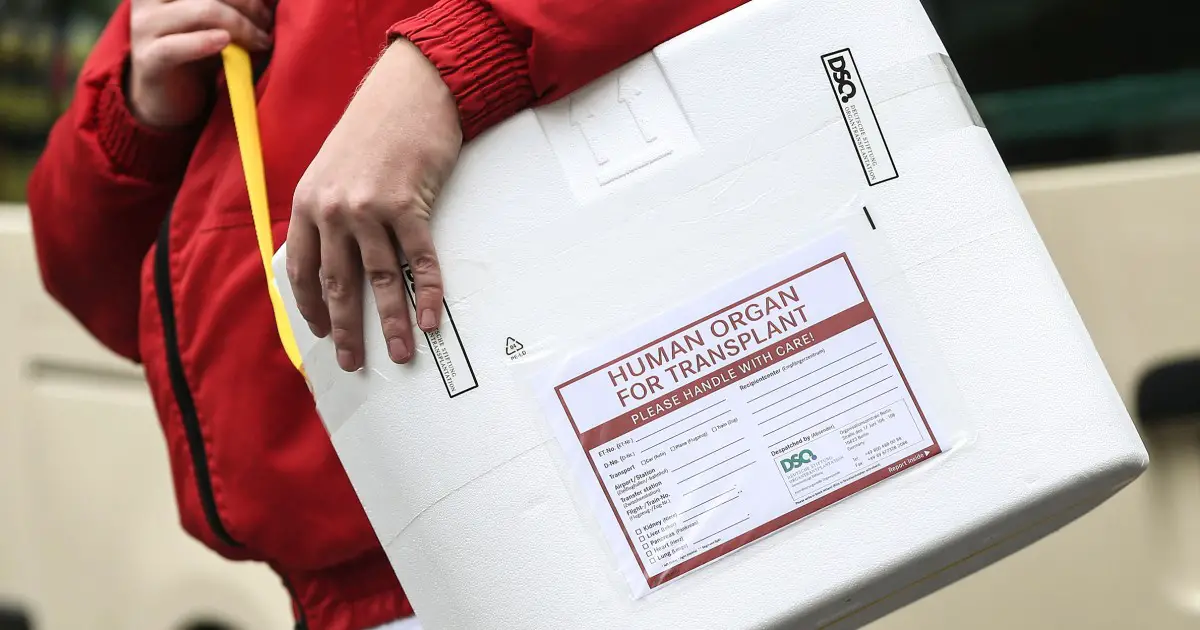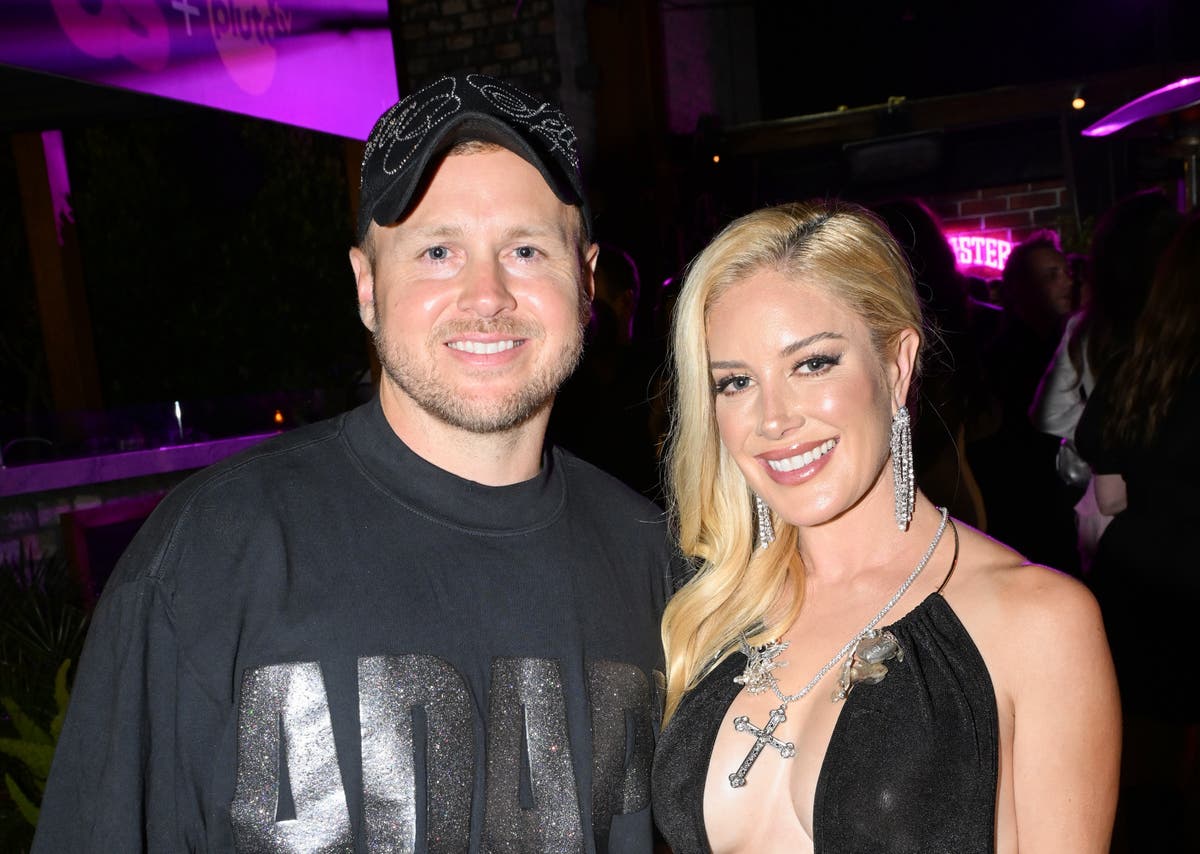
There’s never been a safer time to give a kidney.
The risk of death for people who donated a kidney has dropped by more than half in the last decade, according to a study published Wednesday.
“It’s just becoming safer and safer for people to donate,” said Dr. Dorry Segev, a transplant surgeon at NYU Langone Health and senior author of the study.
The overall risk of death for a kidney donor has always been low, but advances in surgery and medical care, along with more careful donor selection, have improved the odds even more.
The kidneys play a vital role in health, responsible for filtering harmful toxins out of our blood and regulating blood pressure. As rates of chronic conditions such as diabetes and high blood pressure — both may contribute to renal disease — have increased, the need for kidney donors has become more urgent.
Currently nearly 90,000 people are waiting for a kidney transplant in the United States with the average wait time around three to five years. Kidneys are the most commonly transplanted organ, with an estimated 27,000 kidney transplants performed annually.
For the new study, published in JAMA, doctors looked at data on people who died within 90 days after a kidney transplant surgery from 1993 to 2022. Data came from both the Scientific Registry of Transplant Recipients and the Organ Procurement and Transplantation Network, a nonprofit organization that administers the nation’s only transplant network authorized by the U.S. Congress.
In total, there were 164,593 kidney donors included in the study. Thirty-six died within 90 days after donation.
From 1993-2002, mortality after the procedure was 13 deaths per 10,000 people; from 2003-2012, it was 18 deaths per 10,000.
However, mortality then declined significantly to just 5 deaths per 10,000 from 2013-2022, or a mortality rate of 0.05%.
During this time, laparoscopic surgery — a minimally invasive technique where surgeons use small incisions and specialized instruments to remove the kidney — became the standard of care, Segev said. Previously, patients underwent open donor nephrectomy, which required a much larger incision that needed longer recovery time and more risk of complications.
In previous decades, donors who were male and people with a history of high blood pressure were more likely to die within 90 days of surgery than other donors. Most of the deaths occurred in the first seven days after surgery. The most common cause of death from the procedure was excessive bleeding, or hemorrhage.
“It’s really important for us as a community that takes care of these patients to make sure the message is consistent,” said Dr. Kassem Safa, associate medical director for the kidney transplant program at Massachusetts General Hospital. “We tell them the truth about the risks they’re taking, and this study just validates the fact that it’s a very safe surgery with a very tiny risk — but not a zero risk.”
It is critical that this procedure be as safe as possible, as many patients who donate kidneys are previously healthy with no medical problems.
“The first thing we tell donors is you don’t have to do this and you’re not going to get any medical benefits from it,” Safa said.
Fortunately, long-term data from organ donors has shown that their kidney function tends to remain stable and the risk of developing chronic kidney disease is only slightly higher than in those who do not donate, Safa said.
Doctors are hopeful that reassuring data like this will ultimately help solve the shortage of donors in the U.S.
“Anything that comes along that says being a living donor is getting safer and safer over time will hopefully encourage more people to step forward and donate and give the gift of life,” said Dr. John Friedewald, medical director of the kidney transplant program at Northwestern Medicine.
Friedewald, who was not involved with the study, said this updated data will ultimately help doctors better consent patients who are about to undergo the procedure.
Tracy McKibben, chair of the board of directors at the National Kidney Foundation, donated a kidney to her mother in 2009. Her mother, who was previously a very active person and a frequent traveler, had stopped doing much of what she enjoyed as she had to frequent a dialysis center three days a week.

That all changed when McKibben gave her the ultimate gift.
“It was just a world of difference for her and a world of difference for me,” she said. “Being able to see her have her old life that she hadn’t had for some time when she started having to undergo dialysis.”






